Table of Contents
ToggleIntroduction
Big Data is everywhere. From the entertainment you stream to the healthcare, travel, and education services you use, almost every industry that relies on internet-connected devices uses Big Data to improve and expand their services. Open Source Big Data databases are a cost-effective way of storing, managing, and analyzing data. In this blog, we will look at the top 10 open-source Big Data Databases.
What is Big Data?
In simple words, Big Data is big data. It refers to huge volumes of data automatically or passively collected with little engagement from the subjects. For example, your Internet browsing history and posts on social media are a part of Big Data. Big data is complex in volume, velocity, and variety, and is divided into structured, unstructured, and semi-structured data. It cannot be processed and analyzed using traditional data management systems.
Examples of Big Data in Daily Life
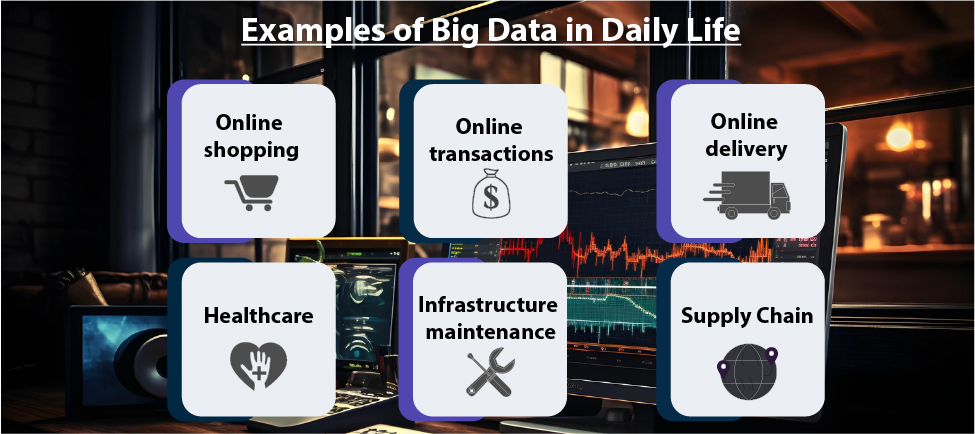
- Online shopping: Your online shopping behavior is tracked to send you personalized shopping recommendations.
- Online transactions: Your payment patterns are analyzed against customer activity to detect fraud in real time.
- Online delivery: Information from every stage of your online order’s shipment journey is combined to help with optimized delivery.
- Healthcare: Doctor’s notes and lab results are analyzed to obtain new insights for enhanced patient care and treatment.
- Infrastructure maintenance: Road maintenance in cities is carried out efficiently by using image data from cameras and sensors, as well as GPS data to detect potholes.
- Supply Chains: Big data is used to analyze and predict the social and environmental impacts of supply chain operations in the food and beverage industry, retail industry and others.

Don't miss out on your chance to work with the best
apply for top global job opportunities today!
What is a Big Data Database?
A big data database is a massive dataset that consists of petabytes or exabytes of information, which includes trillions of records from millions of people. The huge volume of data collected by Big Data is managed by big data databases. A Big Data database can store, process, and analyze massive datasets.
Benefits of using Big Data Databases
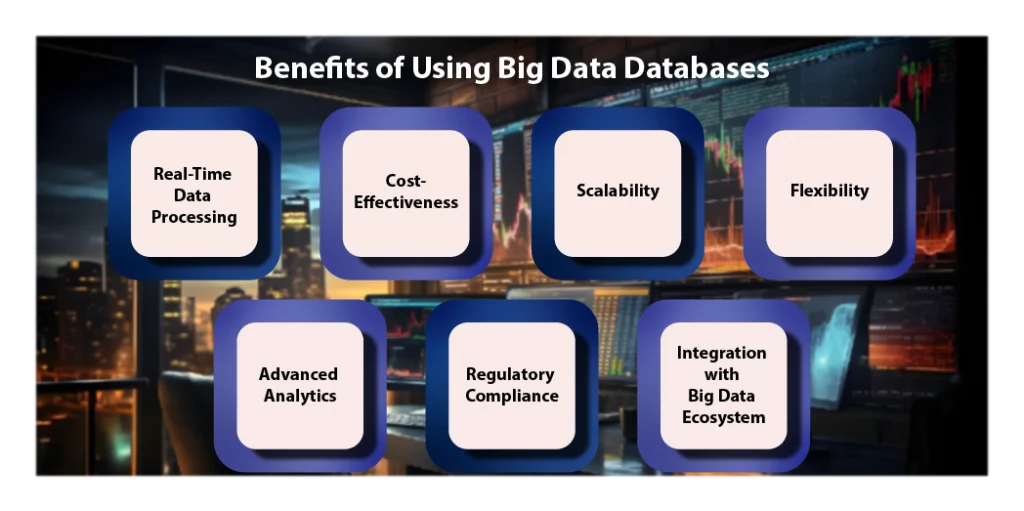
Real-Time Data Processing
Big Data databases help organizations process and analyze data in real-time. This makes it easy to have timely insights for effective decision-making. Importantly, this also helps with fraud detection, predictive maintenance, and personalized recommendations.
Cost-Effectiveness
As a lot of Big Data databases are built on open-source technologies, it makes them cost-effective. Additionally, organizations can optimize their infrastructure costs by using only the resources they need from the databases.
Scalability
Big Data Databases can handle massive volumes of data, which allows scalability in data storage and processing capabilities. As organizational needs grow, these databases can function smoothly without significant performance degradation.
Flexibility
A lot of Big Data databases support structured and semi-structured and unstructured data types. Moreover, they offer flexible ways of storing and analyzing different data formats.
Advanced Analytics
Most Big Data databases have built-in support for machine learning, data mining, and predictive modeling. This allows organizations to uncover hidden patterns and trends and get valuable insights from their data.
Regulatory Compliance
Many Big Data Databases offer features and functionalities that help organizations comply with data privacy and regulatory requirements, such as GDPR, HIPAA, and CCPA. These features include data encryption, access controls, and audit logging.
Integration with Big Data Ecosystem
Big Data Databases seamlessly integrate with other components of the big data ecosystem, such as Hadoop, Spark, and Kafka, allowing organizations to build comprehensive data processing pipelines and analytics workflows.
TOP 12 Open Source Big Data Databases
1. Hadoop
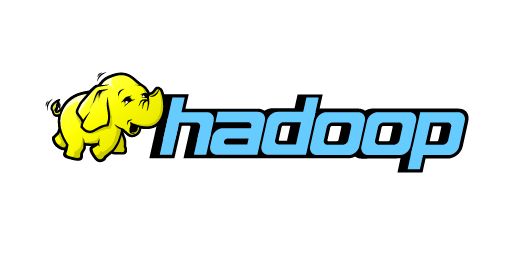
TrustRadius Rating: 7.5/10
It is an open source big data database based on Java and is a preferred choice when it comes to processing large amounts of data for applications. Apache Hadoop handles big data and analytics jobs by using distributed storage and parallel processing. It can break workloads down into smaller workloads that can be run at the same time.
Pros of using Hadoop
- Uses a distributed computing model for fast processing of data
- Can run on commodity hardware and has a large ecosystem of tools
- Does not need data to be preprocessed before storage
- Allows for fault tolerance and system resilience
Cons of using Hadoop
- Failure around accessing small-size files in a large amount
- Written in Java, and hence, can be easily exploited by cybercriminals
- Limited efficiency with small data surroundings
- Storage and network encryption not available in Kerberos
- In memory calculation difficult in overhead or high up processing
- Limited support to run batch processing
2. MySQL
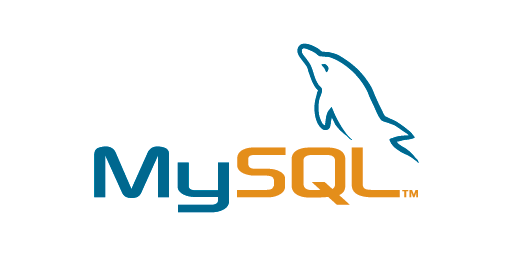
TrustRadius Rating: 8.4/10
It is one of the most popular databases developed by Oracle. MySQL is an open-source relational database management system (RDBMS) used for web applications and other data-driven applications. It can be integrated with different programming languages such as Java, Python, and PHP.
Pros of using MySQL
- Supports standard SQL syntax and is ACID-compliant
- Provides data consistency and reliability
- Supports numeric, string, date/time, and spatial data types
- Provides encryption, authentication, and access control
- Is highly scalable and can manage large volumes of data and traffic loads.
Cons of using MySQL
- Limited performance and scalability compared to MongoDB and Cassandra
- Difficult to configure and manage for large-scale deployments
- Does not offer native JSON support and graph database functionality
3. Neo4j
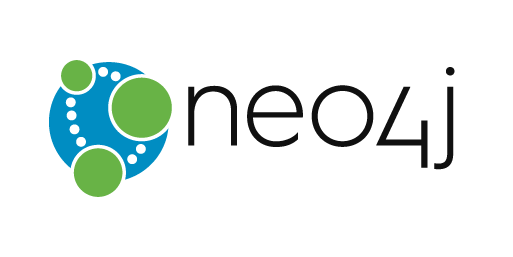
TrustRadius Rating: 6.7/10
It is a graph-based open-source database used to store, manage, and query graph data. The Neo4j database is flexible, as it can be used for recommendation engines, social network analysis, fraud detection, and network management.
Pros of using Neo4j
- Can be deployed on premise or in the cloud.
- Offers high scalability for graph data storage and retrieval.
- Offers a flexible data model and query language (Cypher) for handling complex queries.
Cons of using Neo4j
- Limited functionality as it is specifically designed for graph data storage and retrieval.
- Requires additional resources compared to other database systems.
4. Cassandra
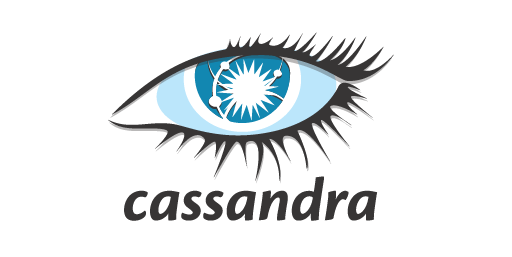
TrustRadius Rating: Rating: 7.6/10
It is a wide-column store, distributed, NoSQL database management system. Cassandra can handle huge volumes of data across many commodity servers.
Pros of using Cassandra
- Streams data between nodes during scaling operations
- Offers masterclass architecture and low latency ensuring no data loss
- Offers support for replicating across multiple data centers
- Presents linear increase in read and write throughput ensuring no downtime
- Offers distribution that ensures no single point of failure
Cons of using Cassandra
- Setting up and configuring Cassandra clusters is complex
- Its database model can be difficult for those who use relational databases
- Its tunable consistency has limited use cases
- Read performance slows down than write performance for some queries
Read More: WHAT ARE THE VARIOUS TYPES OF DATABASES?
5. MongoDB
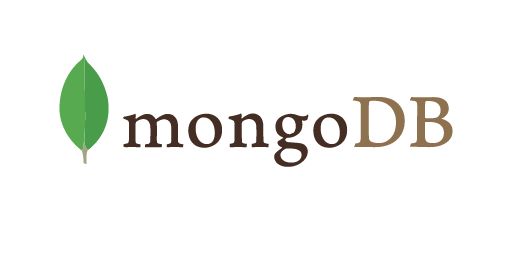
TrustRadius Rating: Rating: 8/10
It is an open source NoSQL database with commendable querying and indexing capabilities. It is specifically designed to manage enormous databases and is compatible with multiple programming languages and operating systems.
Pros of using MongoDB
- Easy to learn and low cost
- Compatible with multiple technologies and platforms
- Offers data partitioning across multiple nodes
- Can store a variety of data from text, arrays, Boolean, etc.
- Offers cloud-based deployment solutions
Cons of using MongoDB
- Offers limited analytics
- Can slow down in case of some use cases
- Fixing errors in the indexes can be time consuming
- High memory usage can lead to duplication of data
6. SQLite
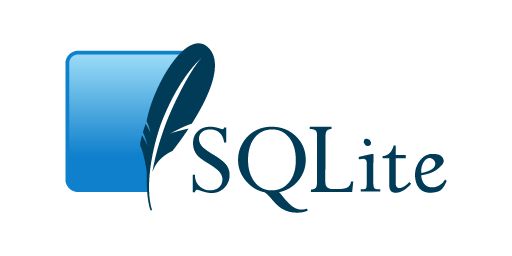
TrustRadius Rating: Rating: 9/10
It is a database management tool developed by MySQL that turns data into structured information. It offers robust scalability and many plugins that make SQLite usable in many cases.
Pros of using SQLite
- Can be used as embedded software with devices
- Reads and writes operations faster as it only loads the required data
- Offers continuous content updates ensuring no data loss
- Can be accessed through many third-party tools.
Cons of using SQLite
- Does not work well for large traffic sites as it can handle low to medium traffic HTTP requests.
- Does not offer compatibility to query the database with MySQL or MariaDB
7. Redis
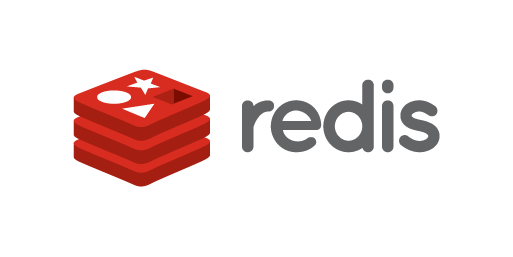
It is a database where you can structure data as key-value pairs. It is a preferred database choice for caching.
Pros of using Redis
- Offers great write-read speeds as it is fully in RAM
- Easy to learn and deploy for beginners
- Has the ability to set expiry times to strings
Cons of using Redis
- Can be expensive as it is an in-memory database
- Consumes memory dump to create snapshots
- Does not offer internal full-text search support
- No support for aggregate functions
- Does not support access control
8. PostgreSQL

TrustRadius Rating: 8.5/10
It is a relational, open source database that works well for Python and Ruby applications. It is used in data science, graphing, and AI industries.
Pros of using PostgreSQL
- Allows the implementation of asynchronous replication
- Offers native support for JSON-style document storage, key-value storage, and XML.
- Allows full-text database search
- Offers many built-in data types for some applications like geolocation and arrays
Cons of using PostgreSQL
- Complicated installation and setup process
- Does not support horizontal scaling and some NoSQL features
- Syntax of SQL in PostgreSQL difficult to understand
Read More: DIFFERENCE BETWEEN SQL VS. NOSQL DATABASE
9. MariaDB
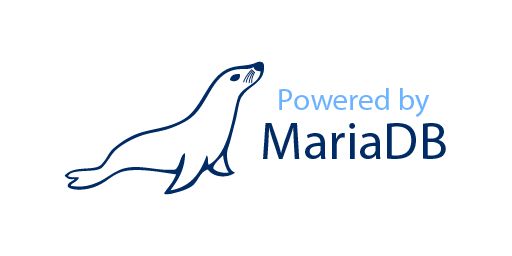
TrustRadius Rating: 7.7/10
It is a community developed open source relational database made by the original developers of MySQL. It is used for many purposes like logging applications, enterprise-level features, data warehousing, and e-commerce.
Pros of using MariaDB
- Compatible with many other languages used with MySQL
- Has frequent updates that ensure tighter security
- Offers better storage engines
- Offers higher performance and efficiency
Cons of using MariaDB
- Limited compatibility with MySQL
- Does not offer scalability to bigger data sets
10. OrientDB
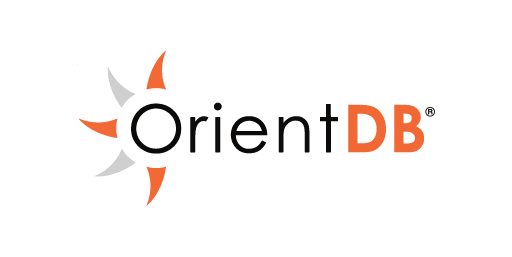
TrustrRadius Rating: 8/10
It is a go-to solution for implementing a graph-based database for web apps. It can load graphs in just milliseconds and store around 150,000 documents per second. OrientDB allows you to use document databases with the graph databases.
Pros of using OrientDB
- Has a simple structure and is easy to use
- Allows customization as per project requirements
- Offers an interactive web interface and easy-to-use APIs
- Can seamlessly streamline time-consuming tasks
- Provides excellent data modeling with complex relationships
Cons of using OrientDB
- Limited and inconsistent documentation
- Compatibility issues when mixing different modes
- Takes time to split files and open the database files
11. CouchDB
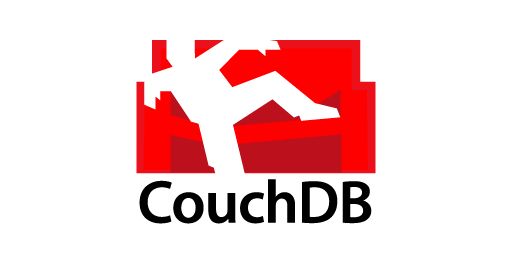
TrustrRadius Rating: 6.2/10
This open-source NoSQL big data database was developed by Apache Software Foundation. Although it is a small open source database, it offers a variety of solutions for many projects. It is a great option for those looking for offline tolerance.
Pros of using CouchDB
- Allows distributed scaling and fault-tolerant storage
- Allows data access through Couch Replication Protocol
- Uses HTTP protocol and the JSON data format
- Supports simple database replication across many servers
Cons of using CouchDB
- Consumes large space for overhead
- Slows down when it comes to temporary views on huge datasets
- Does not offer support for transactions
- Slower on memory than DBMS
- Does not support replication of large databases
12. FirebirdSQL
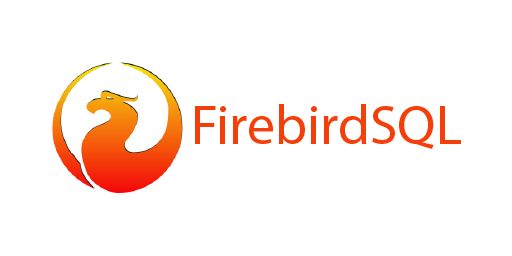
TrustRadius Score: 8.5/10
It is a big data database that offers full compatibility with MySQL. FirebirdSQL is an embedded open source relational database with ANSI SQL standard features that runs on Linux, Windows, and a variety of Unix platforms.
Pros of using FirebirdSQL
- Works with low system resources
- Can be used as the database for desktop apps that need to scale
- Portable and easy to take backups
- Can run on limited hardware
Cons of using FirebirdSQL
- Does not offer official manufacturer support
- Many MS SQL 7 features are not integrated into Firebird
Conclusion
Open source big data databases offer powerful tools for storing, managing, and analyzing massive volumes of data effectively and efficiently. Whether you need distributed computing capabilities that Hadoop has, flexible data modeling of Neo4j, or the real-time processing capabilities of Redis, big data databases offer a wide range of use cases and requirements. However, it is crucial to recognize one’s big data needs and choose a database accordingly. It is important to consider factors such as the nature of the data, the specific requirements of the application, and the organization’s technical expertise and resources. The scope of big data databases is vast and continually evolving to meet the ever-growing demands of modern data-driven industries. All that you need to do is leverage the benefits of these open-source big data databases to gain a a competitive edge in today’s data-driven world. If you are a Big Data expert looking for promising work opportunities, sign up with Olibr now!
Take control of your career and land your dream job
sign up with us now and start applying for the best opportunities!

FAQs
The three types of big data are structured, semi-structured, and unstructured data.
Velocity, volume, value, variety and veracity are the 5 Vs of big data.
The Hadoop ecosystem is a framework or platform that provides many services related to solving Big Data problems.
The four types of database management systems are hierarchical databases. network databases. relational databases. object-oriented databases.

